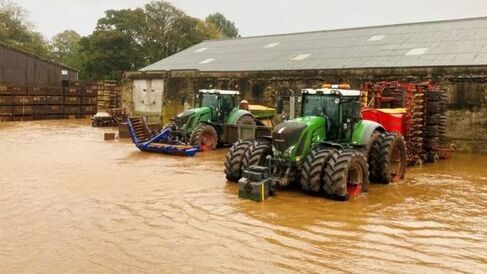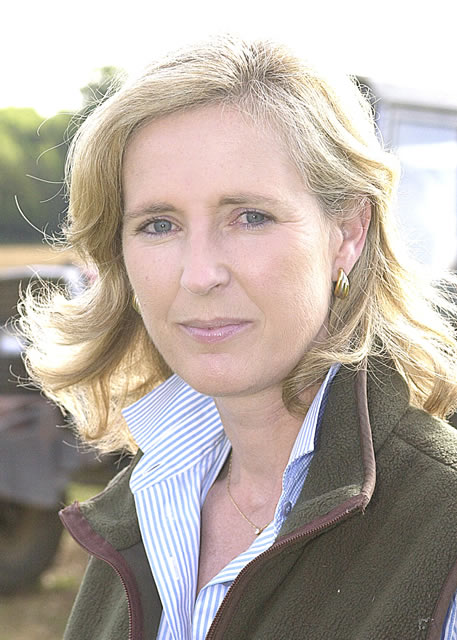
Crops currently in the ground are likely to rot, threatening next year’s harvest. Following on from the disastrous 2023 harvest, the future of arable and vegetable growers is looking grim. The extreme weather, which is increasingly looking to be the norm, is making farmers re-evaluate their farming practises.
The Farmers Weekly reported NFU deputy president Tom Bradshaw saying, ‘farming is on the frontline of climate change, and there is an urgent need for a comprehensive water management strategy, which should include significant public investment’.
Ageing rural flood defences, drainage and waterways require regular maintenance, something not done since the River Board was disbanded in 1996, to be replaced by the Environment Agency - on April Fool’s Day.
The previous storm which resulted in catastrophic flooding along the east coast was on Saturday 31 January 1953. The most prominent feature of the weather then was the wind, a strong north-westerly, approaching gale force across Scotland.
During the afternoon the wind veered to a northerly with the strongest winds transferring to the eastern side of the country, where the gales affected many counties of Scotland and England. A storm surge accompanied the winds down the coast causing severe flooding across many low-lying areas of East Anglia and the Thames Estuary, with temperatures well below the late January average.
The Stranraer to Larne ferry boat ‘Princess Victoria’ foundered with the loss of 133 lives. 307 people died across Southeast England including 58 at Canvey Island and 35 at Jaywick. 1800 people died in Holland as a direct result of the storm surge.
160,000 acres of eastern England were flooded by sea water. Wind speeds at Costa Hill were up to 126 mph, at Lossiemouth 113 mph and Lerwick 98 mph. It can take years for communities and farms to recover from such devastation, and it is possible these occurrences will happen more frequently in the future. Tom Bradshaw is right to insist flood defences need ramping up. Precautions should be taken to prevent good fertile farmland being flooded by the sea or freshwater from inland.
The ONS has published the latest set of figures for the 12 months to August, showing trade was up 10.9 per cent, with British exports rising by 15.1 per cent and imports by 7.2 per cent. The trade deficit narrowed to £20billion.
Exports to the EU rose by 17.5 per cent, proving Brexit is having little effect, and exports to non-EU countries grew by 26 per cent. As commentators have said, ‘Our economy is hardly in decline and will soon be in surplus with the rest of the world if this trend continues, just as pro-Brexit economists said would happen and have been proved right’.

 RSS Feed
RSS Feed